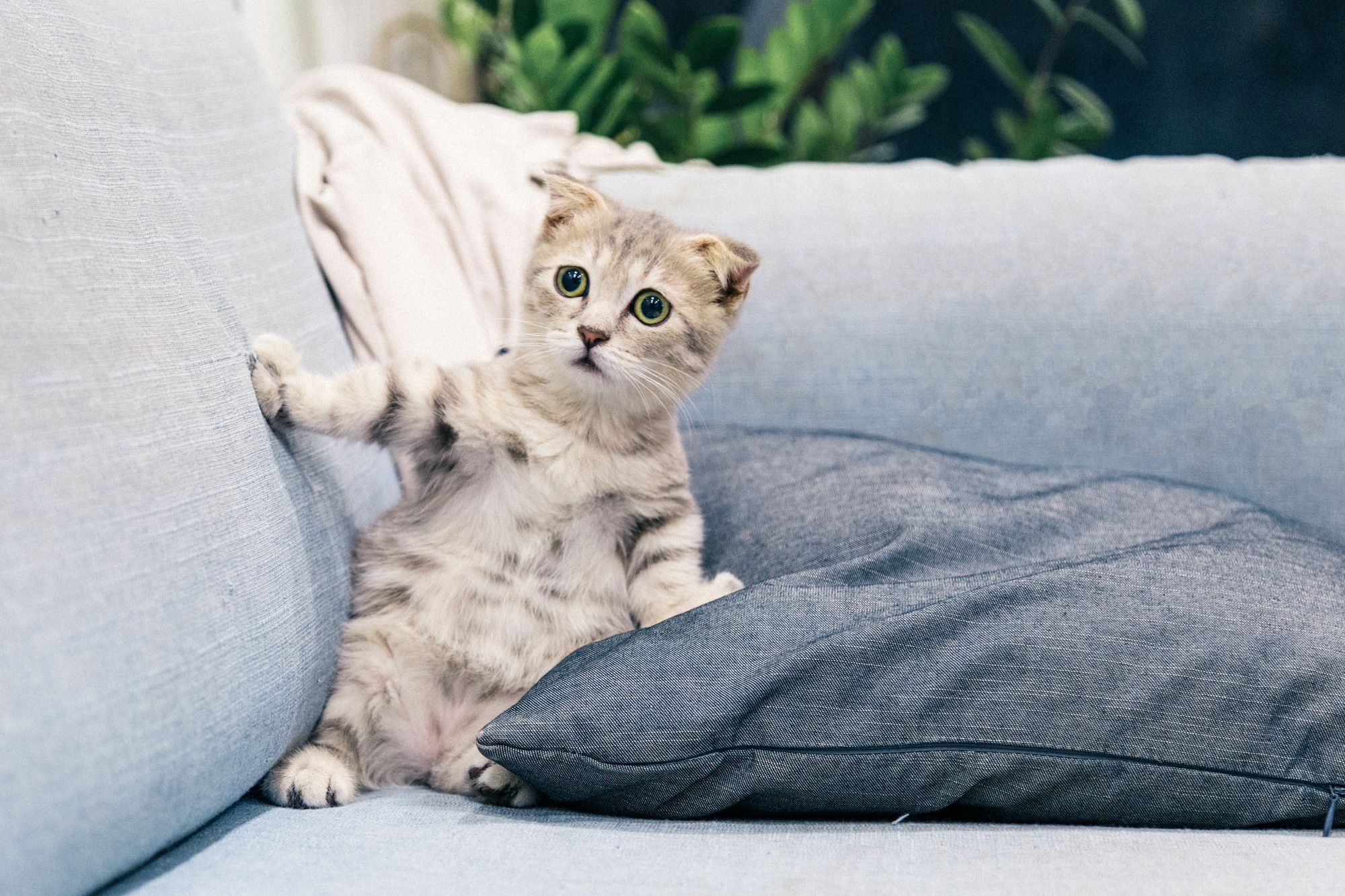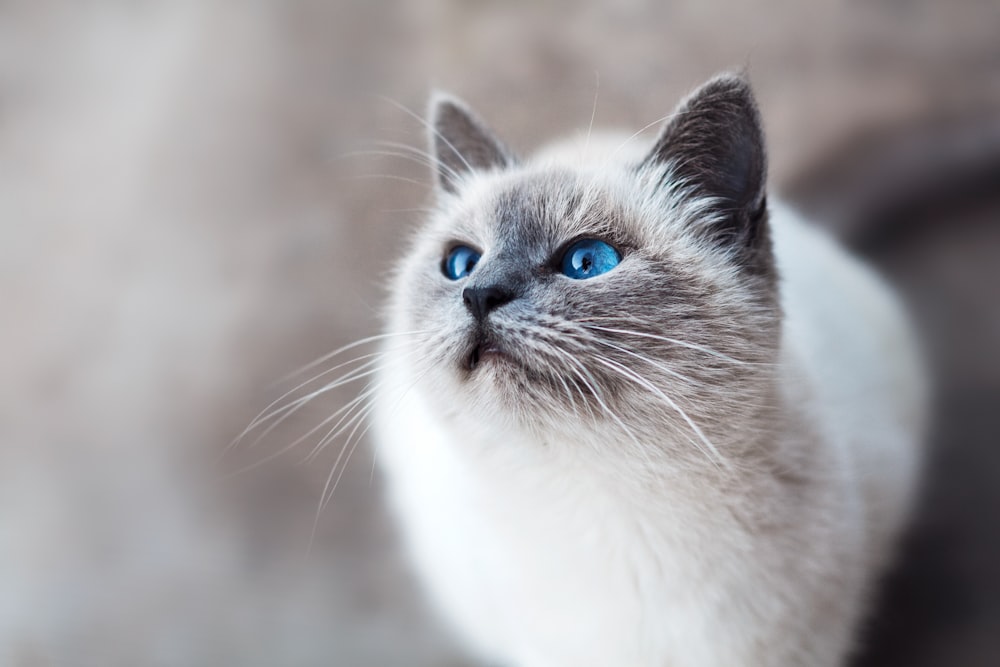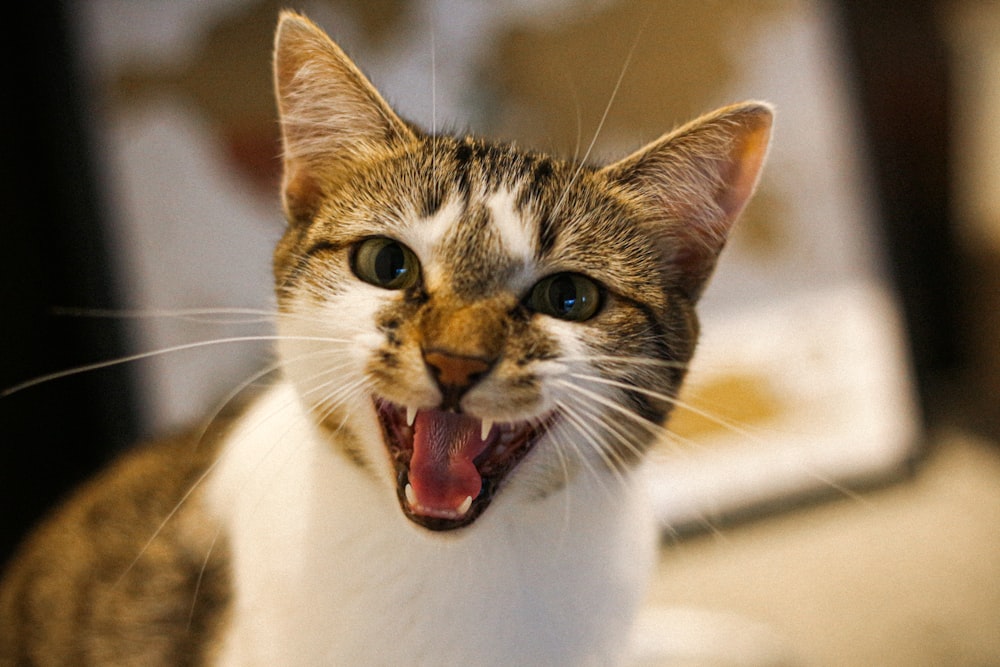Separation anxiety is a common behavioral challenge among cats, especially rescue cats. To help you understand cats with separation anxiety, and help them feel better, this article will explain:
- What causes separation anxiety in cats
- The signs of separation anxiety
- How you can prepare your cat to be alone
- Frequently asked questions about separation anxiety in cats
What causes separation anxiety in cats?
Anxiety is defined as the anticipation of a threatening event. Cats with separation anxiety will become anxious or distressed when you leave them, or are about to leave them, alone. For example, if your cat begins to pant and pace as you get ready for work in the morning, they are likely becoming anxious at the signs of your departure.
What are the signs of separation anxiety in cats?
Common signs that your cat is feeling anxious include: pacing, reduced appetite, excessive meowing when you leave, hyper-vigilance and excessive grooming.
How you can prepare your cat to be left alone
To help your cat feel better about being left alone:
- Mention your cat’s anxiety to your vet. To rule out a more severe anxiety disorder (evidenced by really excessive grooming, pacing or change in weight/appetite), and determine if your cat needs anxiety medication (herbal or otherwise), mention your cat’s behavior to your vet.
- Leave your cat in their safe space when you’re gone. A bathroom or bedroom is a good option. Be sure to equip your cat’s safe space with food, water, a litter box, cardboard scratcher, and cardboard box.
- Create a predictable schedule. Predictability can help reduce and resolve the cause of their anxiety. For instance, instead of feeding your cat at random times during the day, determine a set schedule and do your best to stick to it. This will help your cat feel better in their home environment and slowly bring their baseline anxiety down.
- Practice brief departures. Over time, by practicing brief departures and progressing at your cat’s speed, their tolerance for alone time will increase.
- Be mindful of alone time. Try not to leave your cat alone longer than they can handle.
- Be patient. Your cat’s response is involuntary at this point. You are working to change it, but until the emotional response to your leaving has changed, they may continue to exhibit signs of anxiety.

Frequently asked questions about separation anxiety in cats
How do you know if your cat has separation anxiety?
Cats with separation anxiety will become anxious or distressed when you leave them, or are about to leave them, alone. Signs that they’re feeling anxious include: pacing, reduced appetite, excessive meowing when you leave, hyper-vigilance and excessive grooming.
Can cats have attachment issues?
Cats form emotional attachments to their pet parents. They become attached because their pet parent makes them feel safe, secure and taken care of. In extreme cases, a cat can form an excessive attachment and develop separation anxiety when they are apart from their pet parent.
Can you do anything to stop separation anxiety in cats?
Your cat’s separation anxiety isn’t something they can control, but there are steps you can take to help your cat feel better when you’re gone. These steps include:
- Leaving your cat in their safe space when you’re gone
- Creating a predictable schedule
- Practicing brief departures
- Being mindful of alone time
- Being patient with your cat




